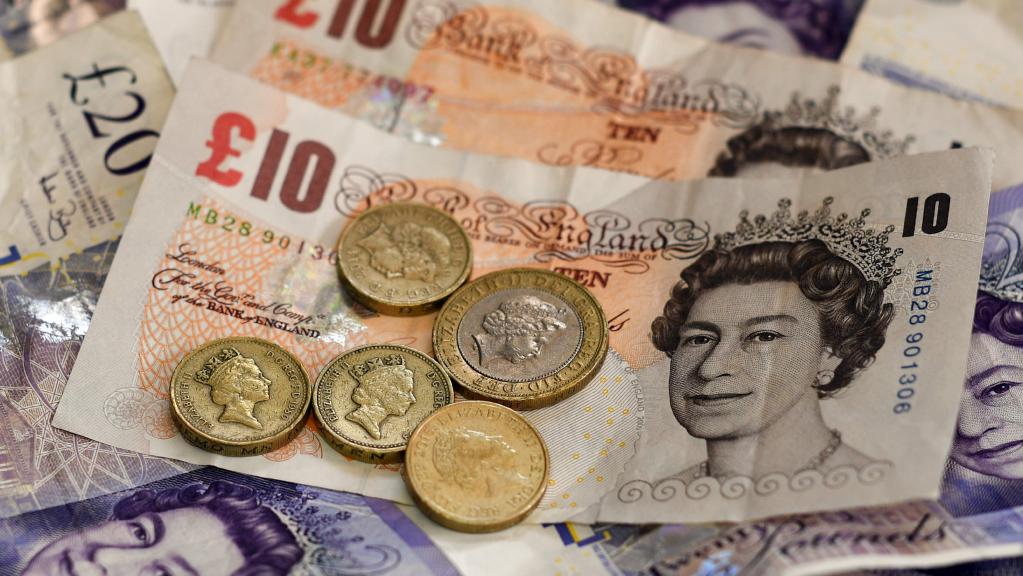The British Pound Sterling soared on Thursday, January 4, after surveys showed Britain’s dominant services sector rebounded strongly last month although investors remained cautious of pushing the British currency higher due to a lack of broad catalysts.
Sterling rose a quarter of a percent higher at $1.3545 and remained within striking distance of a four month high of $1.3659 hit in late September.
The pound also benefited from broad-based dollar weakness and a general rebound in risk sentiment which has lifted sentiment towards the British currency, but persistent structural factors, such as a widening current account deficit, kept investors wary.
“Looking at positioning data, inflation and a big current account deficit, sterling looks to be more of a sell than a buy at these levels,” said Hans Redeker, global head of currency strategy at Morgan Stanley based in London.
Long bets on sterling are hovering near their biggest levels in more than three years, according to the latest positioning data, as investors have gradually raised their sterling bets in recent weeks.
Britain’s dominant services sector grew unexpectedly quickly last month and businesses are more upbeat about 2018 than they were for much of 2017, but Brexit is weighing on investment plans, a survey showed on Thursday.
A near 3 percent rally in sterling since a landmark EU summit last month that moved Brexit talks to the next stage has made some investors more optimistic on the currency’s outlook in the coming weeks.
“Sterling held up well, and we have a window of ‘Brexitless’ trading until March and the resumption of talks while it also seems that support for a second referendum is starting to grow, especially in the parliamentary parties,” said John Marley, head of FX strategy at Infinity International, a currency risk management firm.
The pound last year recorded its best annual performance against the dollar since 2009, with an almost 10 percent rise amid broad dollar weakness. But it is still around 10 percent down against the dollar since the vote for Brexit.
Against the euro, it is still more than 15 percent below its Brexit referendum day low, Reuters reports.













